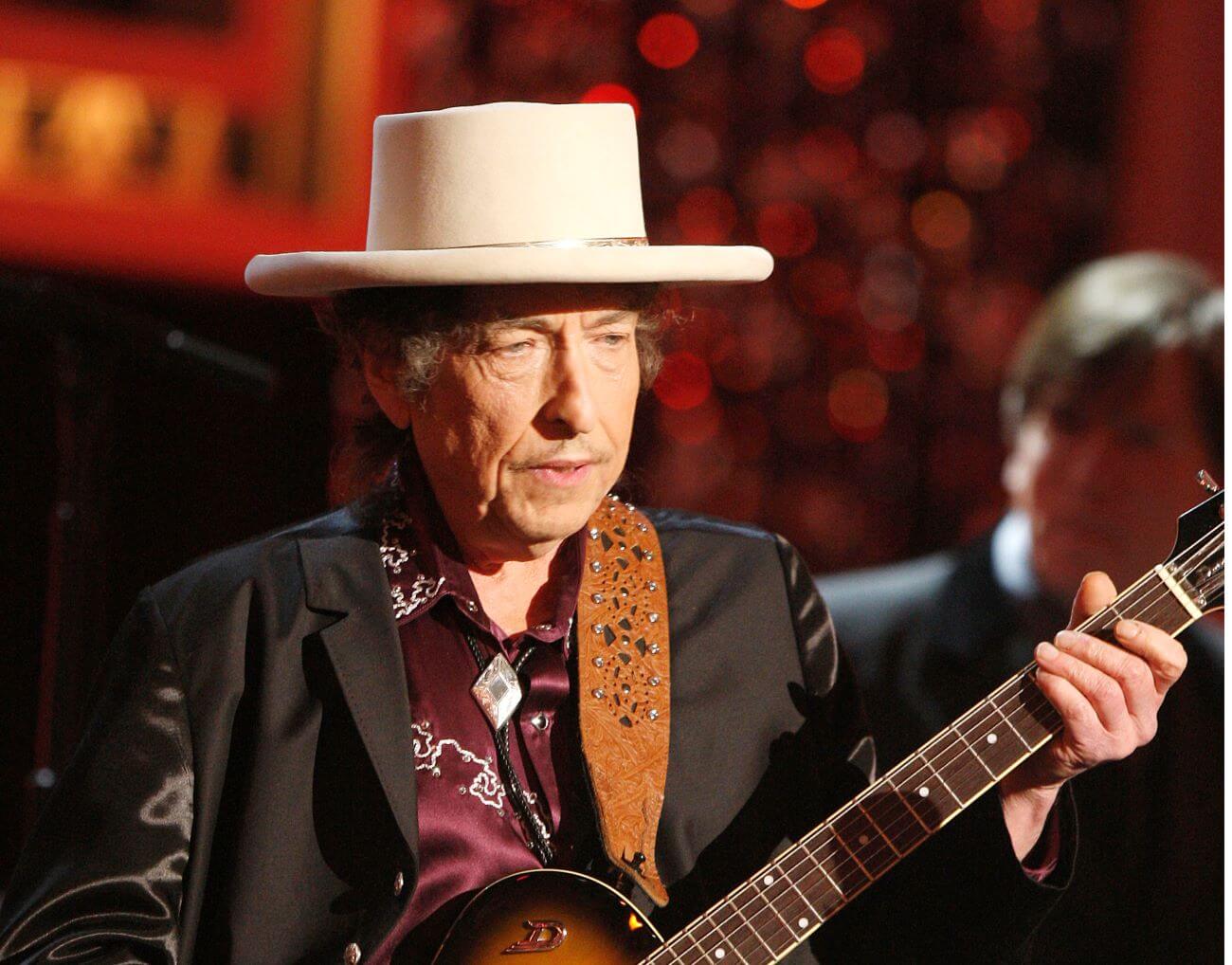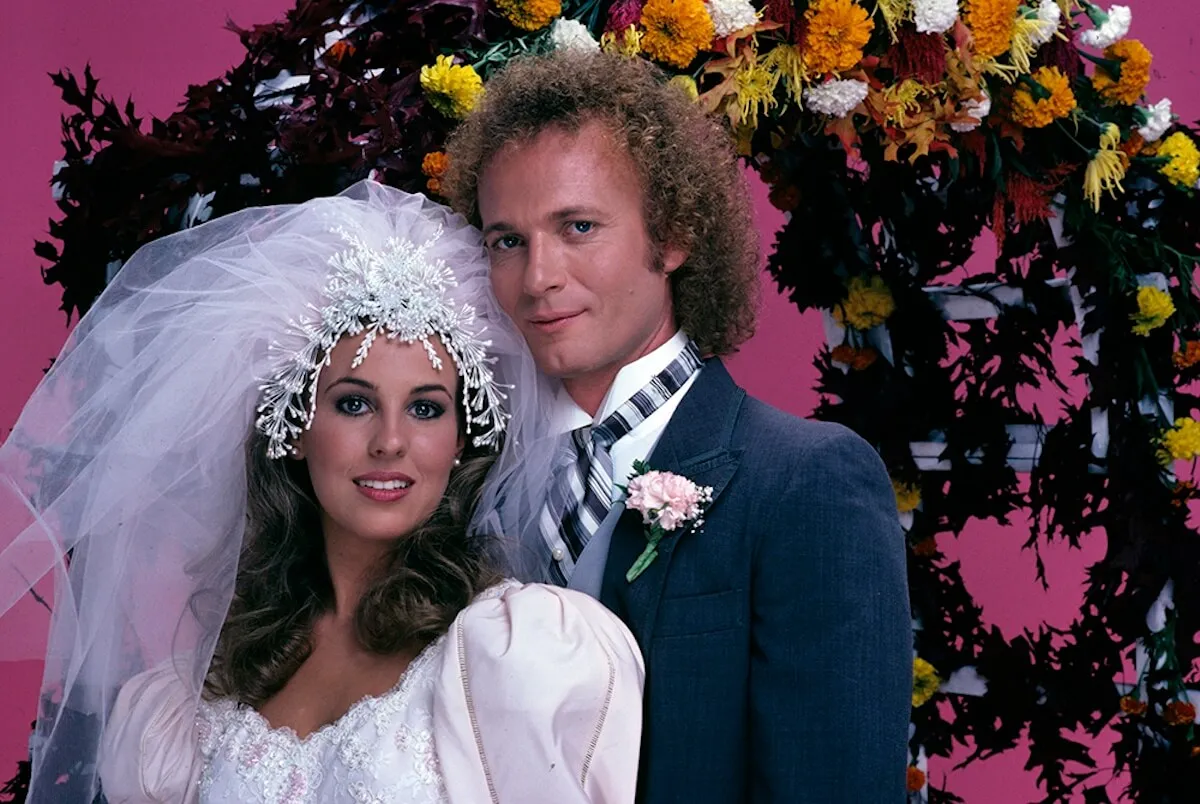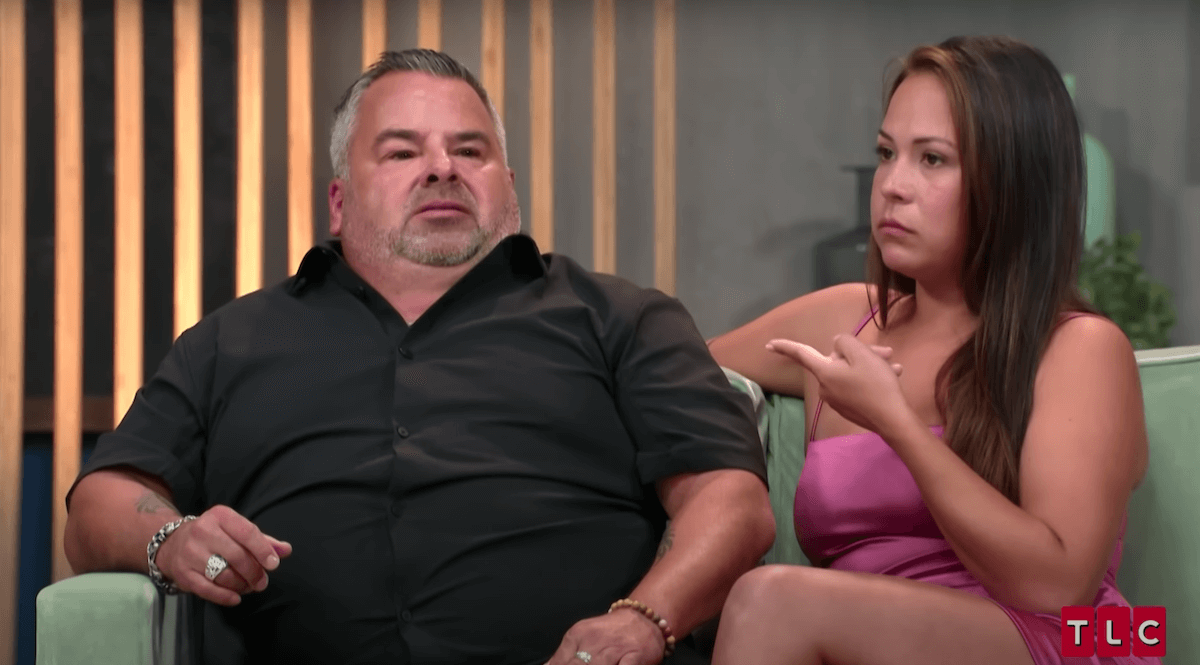
5 Songs Bob Dylan Wrote About Real-Life Events
Bob Dylan has written a number of epic songs in his career, and some have taken inspiration from real life. Dylan has written about actual historical events and figures in his music. Some of these are more historically accurate than others. Here are five of the people and events behind his music.
‘Murder Most Foul’ is Bob Dylan’s longest song
In 2020, Dylan released his 39th album, Rough and Rowdy Ways. The album’s longest song — and the longest of his career — was “Murder Most Foul.” The nearly 17-minute song is about the assassination of John F. Kennedy.
“‘Twas a dark day in Dallas, November’ 63/ A day that will live on in infamy/ President Kennedy was a-ridin’ high/ Good day to be livin’ and a good day to die/ Being led to the slaughter like a sacrificial lamb/ He said, ‘Wait a minute, boys, you know who I am?'” Dylan sings in the song’s opening lines.
‘The Lonesome Death of Hattie Carroll’ drew criticism for being inaccurate
Years earlier, Dylan released the song “The Lonesome Death of Hattie Carroll” on his 1964 album The Times They Are a-Changin’. The song is an account of the 1963 death of Hattie Carroll, a Black server, following a violent, racist attack by William Zantzinger. A panel of judges found Zantzinger guilty of manslaughter, and he received a brief prison sentence.
“And handed out strongly, for penalty and repentance/William Zanzinger with a six-month sentence,” Dylan sang.”
While the events detailed in the song occurred, there were a few historical inaccuracies. Dylan misspelled Zantzinger’s last name and misrepresented some details from the trial. Dylan biographer Clinton Heylin noted that Dylan was lucky he didn’t face a lawsuit.
“He’s very lucky that he didn’t get his a** sued,” Heylin said, per Rolling Stone. “I love the song, but it’s a shameful piece of writing.”
‘Only a Pawn in Their Game’ was 1 of the songs Bob Dylan played at the March on Washington
On the same album, Dylan included the song “Only a Pawn in Their Game.” The song is about the 1963 assassination of civil rights activist Medgar Evers. He was a protest singer at this point in his career, and he performed the song at the March on Washington in 1963.
“I looked up from the podium and I thought to myself, ‘I’ve never seen such a large crowd,'” Dylan said in the documentary No Direction Home, per Rolling Stone. “I was up close when King was giving that speech. To this day, it still affects me in a profound way.”
‘Hurricane’ is one of his few protest songs from after the 1960s
Dylan shifted away from writing protest music by the mid-1960s, but he revisited the genre in 1975 with the song “Hurricane.” He sings about the imprisonment of boxer Rubin “Hurricane” Carter, asserting his belief that racism led to Carter’s wrongful imprisonment for homicide.
“Here comes the story of the Hurricane/ The man the authorities came to blame/ For somethin’ that he never done/ Put in a prison cell, but one time he could-a been/ The champion of the world,” Dylan sang.
Dylan began writing the song after meeting with Carter in person.
‘Roll on John’ follows the life of Dylan’s friend
In 2012, Dylan released a new version of a song he had performed in the early 1960s. “Roll On John” became a song about the life and death of John Lennon. Dylan and Lennon were friendly with each other in the 1960s, and he wrote a tribute to the former Beatle years later.
“From the Liverpool docks to the red-light Hamburg streets/ Down in the quarry with the quarrymen/ Playing to the big crowds, playing to the cheap seats/ Another day in the life on your way to your journey’s end,” Dylan sang, referencing Lennon’s early career as a musician.


